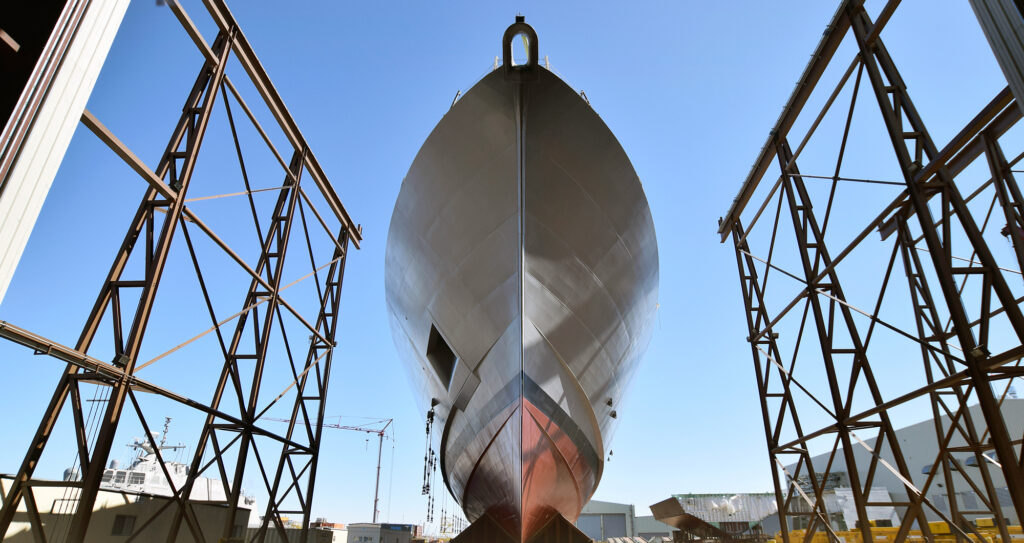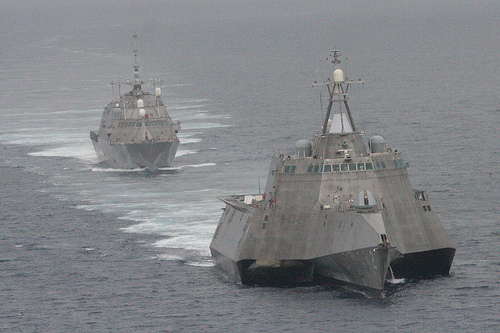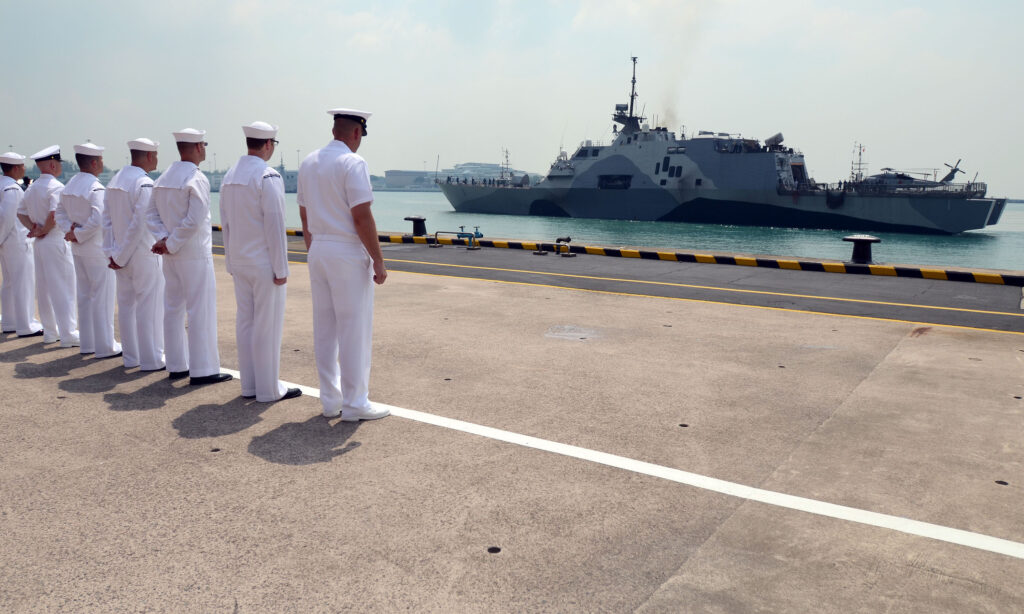Navy Sidelines First 4 LCS; Overhauls Deployment, Crewing
Posted on

PENTAGON: After a series of embarrassing breakdowns, the Navy is overhauling how it operates its controversial Littoral Combat Ships. It’s not only big news for the Navy but a cautionary tale for would-be innovators.
- The first four LCS ships, which were built with R&D funds and which lack bug fixes made to later vessels, will not deploy overseas except in times of crisis. They become dedicated test ships and stay in home waters to try out systems like the evolving anti-submarine and mine-sweeping modules.
- The other two dozen vessels already in service or on contract — LCS-5 through LCS-28 — will be deployed, crewed, and based according to a new scheme that jettisons the ship’s once-highly-touted innovations. Gone are radical concepts such as moving LCS crews and mission modules from ship to ship to ship.
- An additional dozen LCS “frigates” — an upgunned model now in development — will tentatively follow the same system introduced today.
Both deployed LCS variants will follow the same deployment schedule and crew rotation model, but they will be segregated to simplify maintenance and training. The Lockheed Martin Freedom-class LCS will deploy out of Mayport, Fla. and all the Austal Independence-class LCS out of San Diego, Calif.

LCS-2, USS Independence, followed by LCS-1, USS Freedom, showing the different designs.
Then-Navy undersecretary Bob Work once speculated that the skinny, nimble Freedoms were best suited to the narrow waters of the Persian Gulf, while the broad-decked Independence trimarans would be best for the Pacific, but that apparently didn’t factor into this decision. Instead, said Vice Adm. Thomas Rowden, who headed the 60-day LCS review, the East Coast and West Coast squadrons were assigned purely on the basis of “pier space” available at each port: the Independence needs more room than the Freedom.
Within each squadron, there’ll be no more shuffling of crews and equipment from ship to ship to ship. Each LCS will embark indefinitely with one mission module — either anti-submarine warfare, mine countermeasures, or surface warfare — instead of the original concept for swapping modules quickly during combat operations.
Each LCS will have two crews, Blue and Gold, which will take turns deploying with the vessel, much as ballistic missile submarine crews do today. That puts an end to the much-discussed “3-2-1” model in which three crews shared two ships, one of which was deployed at any given time. Instead, four LCS with the same module — all ASW, all MCM, or all SUW — will form a division. The crews will take turns deploying on three of the ships while the fourth will stay stateside for the non-deployed crews to train on.

The Littoral Combat Ship FREEDOM pulls into Singapore for a 16-month trial deployment.
Rowden said the new system should actually keep a slightly larger portion of the LCS fleet forward-deployed at any given time than 3-2-1 would have. That gets more use out of each hull the Navy buys, although it will take more sailors to do so. “We’re probably going to have to…expand the numbers of crews to operate 28 ships from 40 to 46,” he said.
The exact length of deployments remains under review. LCS has demonstrated 16-month deployments in Singapore (albeit with malfunctions), Rowden said, but “the stretch goal is to deploy them forward for 24 months”– swapping Blue and Gold crews multiple times — before returning to the US for refit.
Since each LCS will keep the same mission module indefinitely, the new system also ends the division between the 50-strong core crews, who operate the ships’ engine and other permanent systems, and the roughly 20-strong module crews, who operate the mission-specific equipment. (The aviation detachments that operate helicopters and drones will remain separate, since they require very specialized training).

Vice Adm. Tom Rowden
The new crew system should improve morale and cohesion. Integrating core and module crews makes it easier to cross-train sailors to all help with all aspects of the ship — a major concern given the small size of LCS crews and the complexity of the systems they must maintain. Keeping crews with one ship throughout their tour helps them develop intimate knowledge of how it works — or doesn’t — and an emotional commitment to keeping “their” ship running. That should prevent errors of ignorance or inattention like those that broke two different LCS’s engine gears.
At least, that’s the plan. “If anybody thinks we’re carving this in granite, saying we’ve slayed this dragon,” Rowden warned, “the one thing we’ve learned in this program is this takes continual assessment.”
VADM Tom Rowden Media Statement by BreakingDefense on Scribd
Edited to clarify wording at 10:35 pm.
Subscribe to our newsletter
Promotions, new products and sales. Directly to your inbox.
